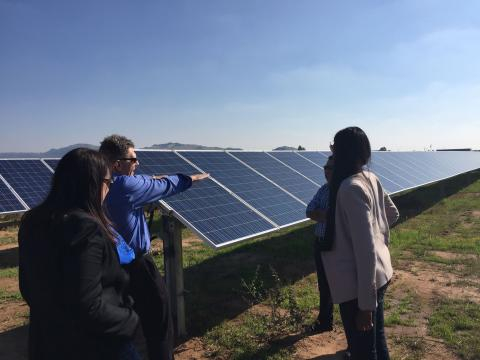2016 is just around the bend and many solar supporters are getting anxious about the future of the solar tax credit. Most of their worry stems from the belief that this is the ‘cliff’ for the industry. The solar industry has not only seen an immense amount of accelerated growth these last few years, but has been a positive investment for America as well. We are truly beginning to see the benefits of diversification, consumer choice, lower electricity bills, and job growth. Agricultural operations, dairies, colleges, and local schools, where solar once seemed far-fetched are now seeing the range of immediate and long term benefits through stability, savings, and their operations future success, it would be detrimental to put this growth to a halt.
Last week Premier Renewables drove out to Orange Cove, CA to meet with the District 22 Field Representative Rudy Mendoza and Sol Systems, to discuss solar energy’s impact on the local community and the State of California. Last year Premier Renewables completed a 900 kW solar energy system that provides 2,000 MWh of solar energy directly to the utility grid each year.
The construction of this solar farm in Orange Cove resulted in over $75,000 spent locally in District 22 during the construction process ranging from meals, lodging, entertainment, fuel expenses, etc. This infused needed capital into the local economy. $400,000 was spent for labor, subcontractors, electrical suppliers, and equipment rentals. Premier also spent $800,000 in additional California sourced electrical materials which were out of Los Angeles and the Bay area. With the 30% Investment Tax Credit coming to an end in 2016, Rudy Mendoza was curious about the benefits solar provides to his community.

